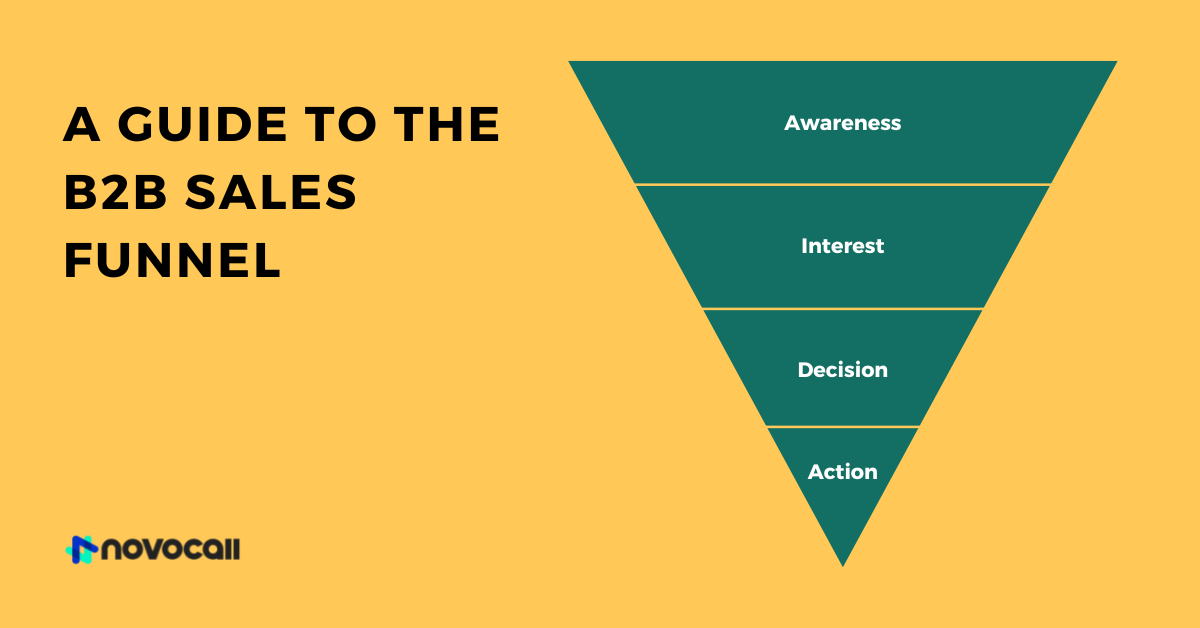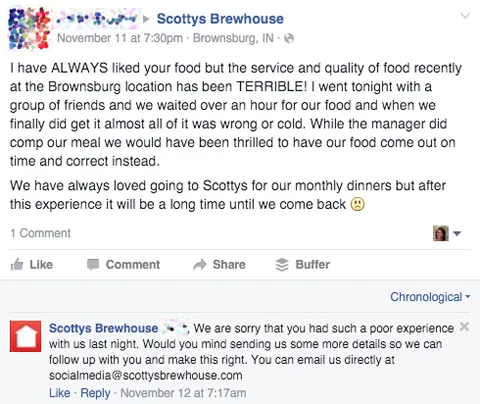


Start driving better conversations.
Novocall will be your new favorite business phone system.

Heavy sighs and short replies during a call are some tell-tale signs that you’re dealing with an angry customer and that they’re losing interest in what you have to say.
With the rise in customer expectations, every modern business needs to go the extra mile to create exceptional customer experiences by knowing how to handle angry callers during your outbound calling efforts.
A recent customer service survey found that customer experience is one of the main drivers of the leading companies. After all, delivering great customer experiences is what will help you retain customers and drive positive customer interactions.
In this article, we share some tips on how to effectively deal with angry callers. We also share some examples of how companies have communicated properly with customers so you can apply this to your calls.
Let’s dive right in!
Dealing with angry callers might be routine in most customer service interactions, especially during cold calling. However, even though they’re a common occurrence, you must learn to keep things cool to avoid bad customer experiences.
Maintaining a calm voice, even in stressful situations, is an essential skill. Here are some ways to help you remain calm as you deal with angry callers:
Here’s an example from Scotty’s Brewhouse. Even from the response, you can see that they maintain calmness to help clear things up for the customer.

When a client is unhappy with your company, chances are they’ll suspend their membership or ask for a refund. That will lead to loss of revenue, higher churning rates, and loss of credibility and trust. So, it’s essential to try and control the situation by maintaining calmness.
Showing empathy to angry callers means trying to put yourself in their shoes and imagining what they have had to go through. Remember, you might not always know the whole story.
Don’t judge your callers for getting mixed on things or missing something. Instead, go back to thinking like a beginner and a client to understand what they might be dealing with or feeling.
Empathy helps guide the response and reaction you’ll direct towards angry customers.
Here’s Slack’s written reply to a frustrated customer. The highlighted text shows how Slack demonstrates empathy for the customer:
Before getting to the solution, apologize for the client’s inconvenience. Don’t just include meaningless ‘sorry’s’. Making the message more specific goes a long way toward customer satisfaction. Also, make the apology more solution-oriented.
Empathy and a sincere apology help de-escalate the situation and show the angry caller that you respect and listen to them.
When upset, someone throwing in a broad statement only worsens the situation. When handling a frustrated person, the first step is not figuring out what to say; it’s actively listening.
So, never interrupt or rush to finish the angry caller’s words, even if you’ve heard that same issue for the 100th time that day. Take notes while in the conversation. But never assume. Ask questions. While at it, use some verbal cues to show that you’re listening.
Finally, after you’ve heard the issue, summarize, then repeat back to confirm the issue.
Actively listening helps the call center agent determine why the customer is so angry and how best to resolve the issue or de-escalate a heated conversation for a great customer relationship.
Here’s how First Fitness Australia did it. They actively listened and responded right away. Based on the customer’s response to the company’s reply, the call also went well:
You can use email-finding platforms to verify email addresses and send follow-up emails after the conversation. You can also send a customer satisfaction survey to measure the effectiveness of the support.
At times, angry customers aren’t dealing with a faulty product. They might just be hungry for discounts or have a sense of entitlement.
In this case, the entire team of customer service agents needs to be on the same page by having a strict policy on how discounts are given and how to address specific client requests.
On the other hand, you might be dealing with genuinely upset customers or frustrated callers. Here’s how to go about it:
Here’s an example by Nike Support. They tried to get to the bottom of the issue before taking any action.
If the customer genuinely wants to solve the problem, they’ll cooperate. It’s an interest-based conflict resolution, where their interest is mainly to get things back rolling.
Support teams should skillfully use their language when dealing with angry phone calls.
They should avoid using language that will imply the caller is wrong, even if there’s some truth behind it. The use of positive words such as ‘absolutely’, ‘yes’, and ‘certainly’, is also a must. Using words that make people feel silly such as ‘let me try to be clear’ or ‘for your information’ should also be avoided.
Here’s an example of how Jet Blue acknowledged the customer’s disappointment and used positive language to de-escalate the situation.
To help foster conflict resolution skills, always remember that this is just business. It’s not personal. So never take the customer’s anger personally since they’re not angry with you.
De-escalating things requires staying professional for a positive customer experience. So here are some tips to help you not take insults personally:
Here’s what Southwest Air said when a disgruntled customer raised a concern:
When angry callers get an outstanding response and realistic solutions, they might leave as more satisfied customers.
You can follow a SMART framework to come up with realistic resolutions. If you cannot resolve the issue immediately, be honest with the caller. But you need to set time frames when they can expect the issue will be resolved.
If necessary, escalate the issue to the seniors, who can pick it up. Remember, collaboration is key. The goal is to help the customer understand what happens next and what to expect.
Here’s a great example by Proposify, a SaaS business that got this from an angry customer.

They then responded to the customer with this:

Note that Kyle doesn’t make any unrealistic promises to add the features as proposed.
Angry callers primarily call to resolve their issues, so swiftly brainstorming on workarounds can help satisfy the caller’s needs.
Don’t just throw out solutions and expect them to be implemented. Instead, follow up until it’s done.
To conduct a proper follow-up, reach out and offer extra help. Allow the callers to ask any other questions they might have. After the call, make them feel you’re still ready to help just in case the issue remains unresolved. You can use phrases such as “Please don’t hesitate to reach out if you have any more questions” for this.
Here’s an example by Apple:

They sent the client a follow-up message to follow through on the solution. That just shows Apple is serious about giving customers quality service.
Dealing with angry callers can be pretty frustrating. But these emotions are often tied to difficulty using a product or getting short of what they thought they signed up for.
Following these tips to handle angry callers will help you change a negative situation into a great customer experience. You might even win the customer back and build better relationships with them.
In the end, both you and the customer will be happy.
We’re wishing you the best of luck! 😉

Owen is a content marketer for Voila Norbert, an online email verification tool. When he’s not busy writing, you can find him in the kitchen mastering new dishes.
Related articles
Subscribe to our blog
Get insights & actionable advice read by thousands of professionals every week.

